E denotes electric field in a uniform conductor, I corresponding current through it, vd velocity of electrons and P denotes thermal power produced in the conductor, then which of the following graph is incorrect?
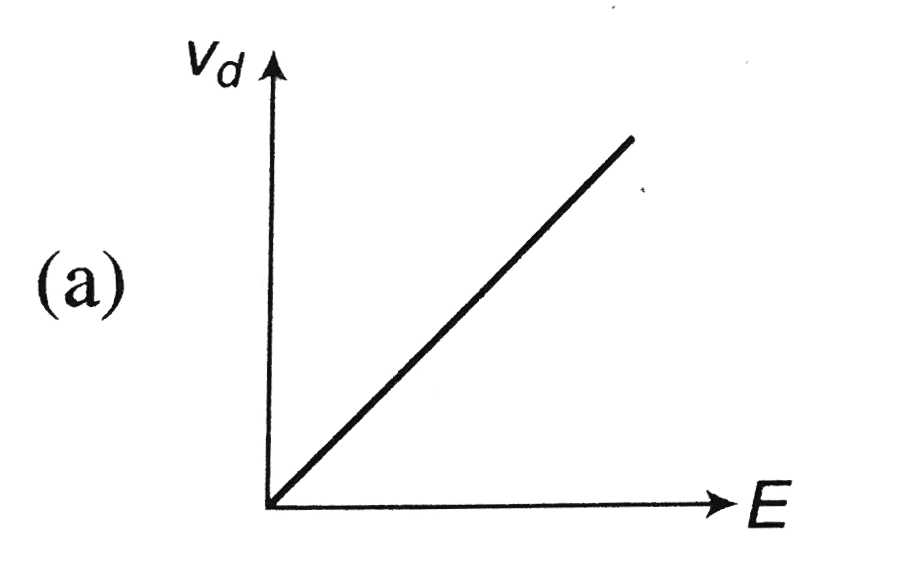
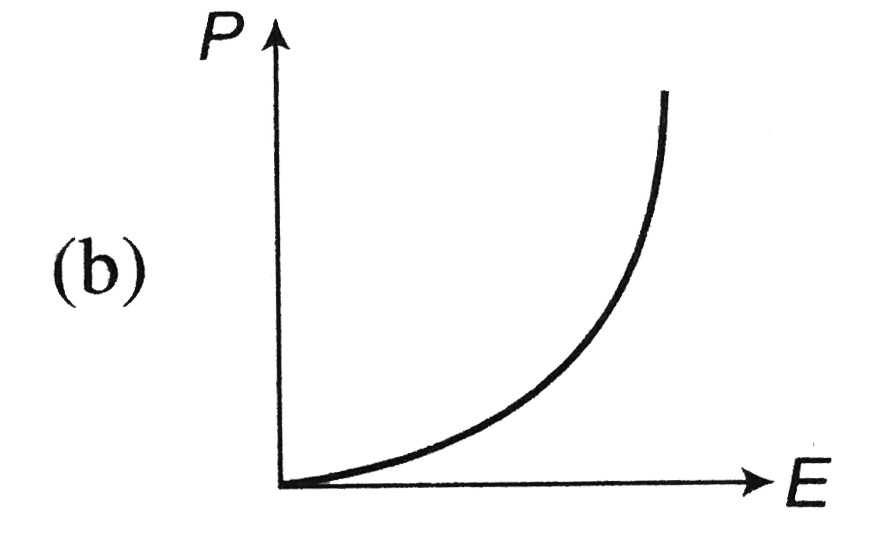
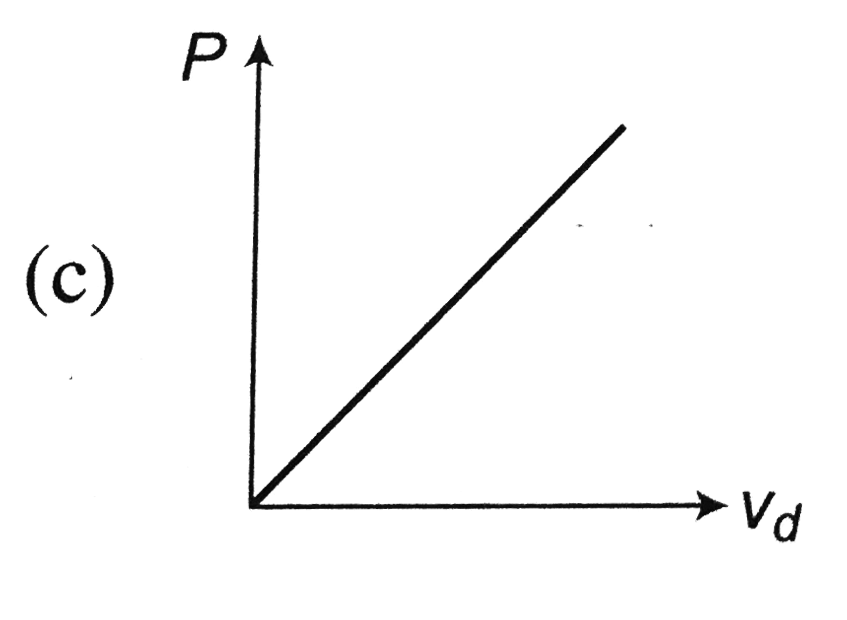
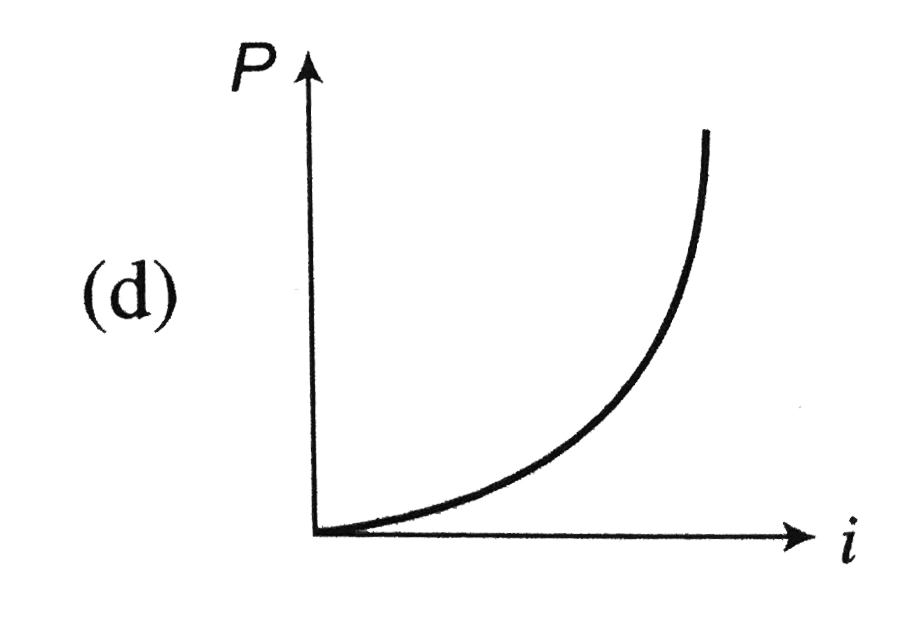
The correct Answer is:C
To determine which graph is incorrect among the options provided, we will analyze the relationships between the electric field (E), current (I), drift velocity (v_d), and thermal power (P) produced in a uniform conductor step by step.
Step 1: Analyze the relationship between drift velocity (v_d) and electric field (E)
The drift velocity (v_d) of electrons in a conductor can be expressed using the formula:
vd=eEτm
Where:
- e is the charge of an electron,
- E is the electric field,
- τ is the relaxation time,
- m is the mass of the electron.
From this equation, we can see that drift velocity (v_d) is directly proportional to the electric field (E):
vd∝E
This means that if we plot v_d against E, we should get a straight line. Thus, the graph showing a linear relationship between v_d and E is correct.
Step 2: Analyze the relationship between power (P) and electric field (E)
The thermal power (P) produced in a conductor can be expressed as:
P=I2R
Where I is the current and R is the resistance. The current (I) can be expressed in terms of electric field (E) as:
I=EAρ
Where:
- A is the cross-sectional area,
- ρ is the resistivity of the material.
Substituting this expression for current into the power equation gives:
P=(EAρ)2R
This simplifies to:
P∝E2
This indicates that the relationship between power (P) and electric field (E) is quadratic, which means the graph should be a parabola. Thus, the graph showing a quadratic relationship between P and E is correct.
Step 3: Analyze the relationship between power (P) and drift velocity (v_d)
From the previous steps, we know:
1. P∝E2
2. vd∝E
If we square the relationship for drift velocity:
E∝vd⟹E2∝v2d
Thus, substituting this into the power relationship gives:
P∝v2d
This indicates that power (P) is also proportional to the square of drift velocity (v_d). Therefore, if we plot P against v_d, we should also get a quadratic relationship.
Conclusion
From the analysis:
- The graph showing a linear relationship between v_d and E is correct.
- The graph showing a quadratic relationship between P and E is correct.
- The graph showing a quadratic relationship between P and v_d is also correct.
However, if any graph incorrectly represents these relationships, it would be the one that suggests a linear relationship between P and v_d, which is incorrect.
Thus, the incorrect graph is the one that suggests a linear relationship between power (P) and drift velocity (v_d).
- e is the charge of an electron,
- E is the electric field,
- τ is the relaxation time,
- m is the mass of the electron.
- A is the cross-sectional area,
- ρ is the resistivity of the material.
2. vd∝E
- The graph showing a linear relationship between v_d and E is correct.
- The graph showing a quadratic relationship between P and E is correct.
- The graph showing a quadratic relationship between P and v_d is also correct.
Topper's Solved these Questions
- BOOK - A2ZCHAPTER - CURRENT ELECTRICITYEXERCISE - Combination And Resistivity38videos
CURRENT ELECTRICITY
- BOOK - A2ZCHAPTER - CURRENT ELECTRICITYEXERCISE - Kircoff'S Laws And Simple Circuits64videos
CURRENT ELECTRICITY
- BOOK - A2ZCHAPTER - ATOMIC PHYSICSEXERCISE - Section D - Chapter End Test30videos
ATOMIC PHYSICS
- BOOK - A2ZCHAPTER - DUAL NATURE OF RADIATION AND MATTEREXERCISE - Section D - Chapter End Test30videos
DUAL NATURE OF RADIATION AND MATTER
Similar Questions
Knowledge Check
- Question 1 - Select One
E denotes electric field in a uniform conductor, I corresponding current through it, vd velocity of electrons and P denotes thermal power produced in the conductor, then which of the following graph is incorrect?
A B
B C
C D
D
- Question 2 - Select One
if E denotes electric field in a uniform conductor and vd the corresponding drift velocity of free electrons in the conductor, then which of the following graph is correct
A B
B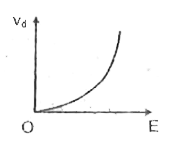 C
C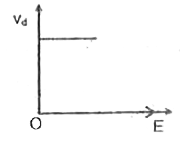 D
D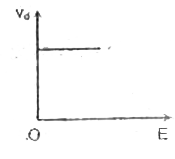
- Question 3 - Select One
If E is the electric field in uniform conductor, l is the current and Va and P denotes drift velocity and thermal power produced, then which of the following is correct:
A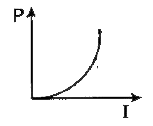 B
B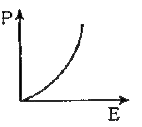 C
C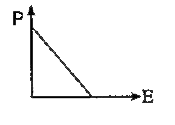 DBoth (a) and (b)
DBoth (a) and (b)
If E and B denote electric and magnetic fields respectively, which of the following is dimensionless?
View SolutionA cylindrical conductor of radius R carrying current i along the axis such that the magnetic field inside the conductor varies as B=B0r2(0<r≤R), then which of the following in incorrect?
View SolutionA cylindrical conductor has uniform cross-section. Resistivity of its material increase linearly from left end to right end. If a constant current is flowing through it and at a section distance x from left end, magnitude of electric field intensity is E , which of the following graphs is correct
View SolutionA cylindrical conductor has uniform cross-section. Resistivity of its material increase linearly from left end to right end. If a constant current is flowing through it and at a section distance x from left end, magnitude of electric field intensity is E , which of the following graphs is correct
View SolutionWhen an electric current is passing through a conductor, there is no electric field produced because the conductor is
View Solution

